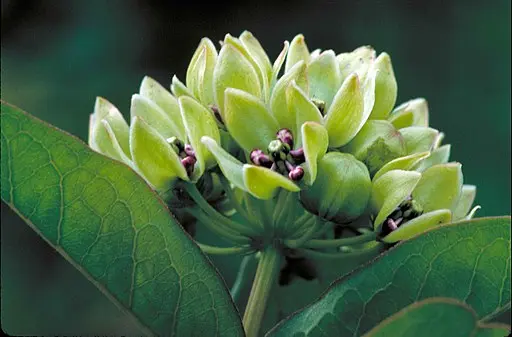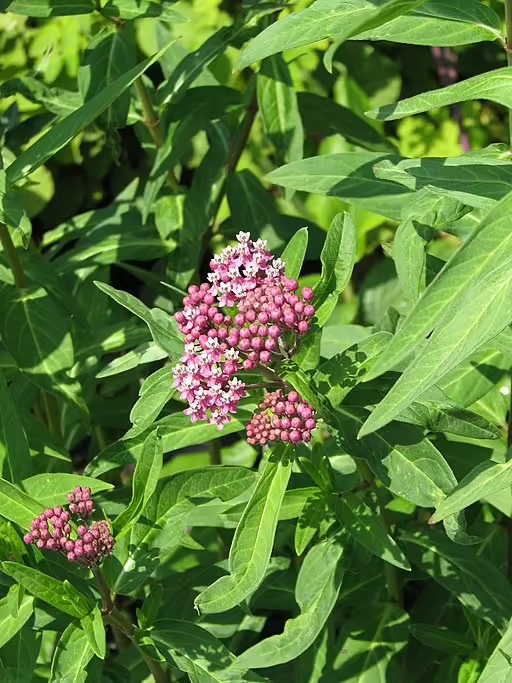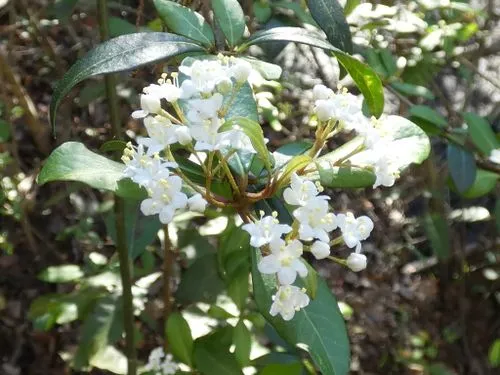Table of Contents for Sandhill Milkweed (Asclepias humistrata)
Sandhill Milkweed (Asclepias humistrata) is a herbaceous perennial that is found in the southeastern United States. This milkweed is a host plant to the Monarch Butterfly and a nectar plant to others. It can grow up to 3 feet tall and has linear shaped leaves. The white, pink or purple flowers bloom from April to July. It is hardy in zones 8-9 and is found in sandhills and pine barren habitats.
Taxonomy and Naming of Sandhill Milkweed (Asclepias humistrata)

Taxonomy
Sandhill Milkweed (Asclepias humistrata) was named and described by Thomas Walter, an American botanist, in Flora Caroliniana (1788). While the original specimen of the description is unknown, the neotype is a specimen collected in 1939 from near Georgetown, South Carolina. This species has kept the same name since. This plant is a member of the Dogbane Family (Apocynaceae).
Meaning of the Scientific and Common Names
Scientific Name
The genus name, Asclepias, is named for the Greek god of healing, Asklepios (Flora of Wisconsin). The species name, humistrata, means sprawling in Latin and refers to the growth habit of this plant.
Common Name and Alternative Names
The common name refers to the habitat of this plant. Another alternative name, pinewoods milkweed also is in reference to the habitat of the plant. One alternative name, pink-veined milkplant, comes from the pink veins of the leaves.
Physical Description
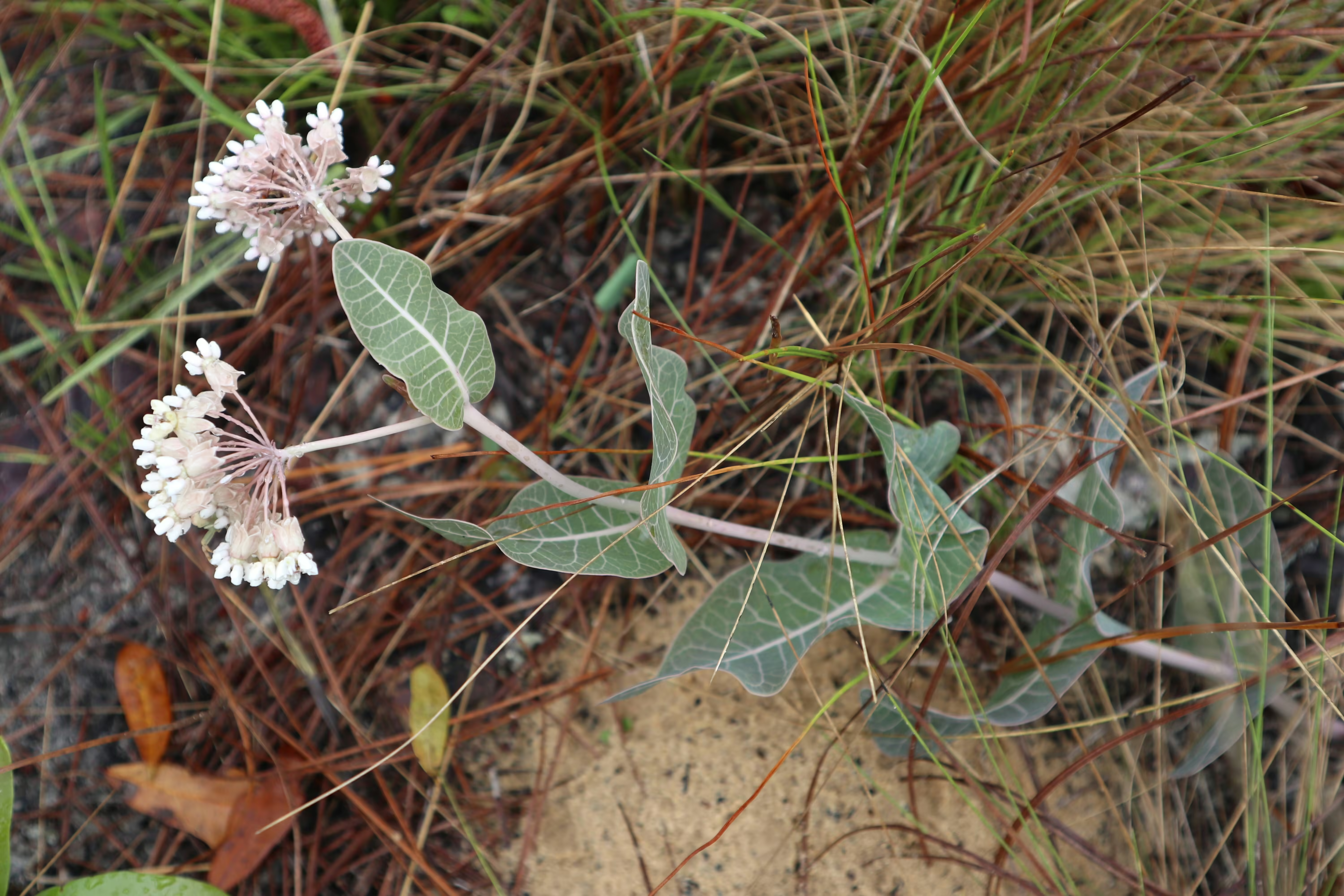
- Plant Type: Herbaceous perennial
- Height: 1 to 3 feet
- Leaves: opposite, simple, entire, clasping leaves that are up to 6 inches in length and 3-4 inches in width. The leaves can be somewhat succulent.
- Stem: the stem can have a purplish color
- Flower color: white, pink, or purple
- Blooming period: April to July
- Fruit type and period: follicle in the late summer to fall
Range Map of Sandhill Milkweed in the United States and Canada

This species is native to the southeastern United States. It is considered to be rare in the state of Louisiana. Sandhill milkweed may have populated the southeastern United States from “Orange Island”, which was a refugia that is now a part of Florida. During the Ice Ages, Orange Island was separated from North America by water, and was a harbor for some species to come and repopulate the continent upon rejoining (Woodson 1947).
Habitat

The natural habitat of this species, as the name would suggest, is on sandhills. It can also be found in dry oak woods and pine barrens. Outside the natural habitat it is in disturbed areas and roadsides.
Hosted Insects

This milkweed, like a lot of milkweeds, is a host to the Monarch Butterfly (Danaus plexippus). It is also a host to the Queen Butterfly (Danaus gilippus).
Other Supported Wildlife
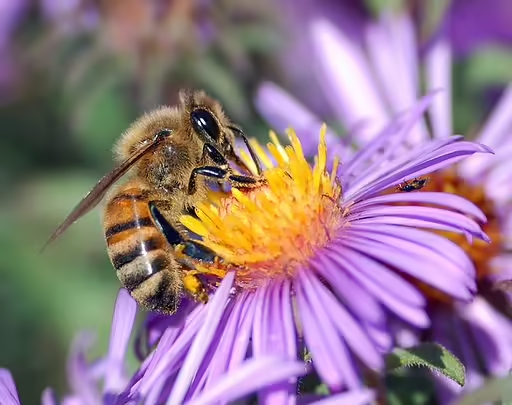
This milkweed, like a lot of other milkweeds, is a nectar source to other insect species, including bees and butterflies.
Frequently Asked Questions
Is this plant poisonous?
This species, being a member of the milkweeds, contains cardiac cardenolides, which are poisonous when ingested. These compounds are found in the milky sap of the stems and leaves and when absorbed by monarch butterflies makes them unpalatable.
Gardening with Sandhill Milkweed
Add Sandhill Milkweed to Your Garden
The link below takes you to our product page where we get a small commission from your purchase at no additional cost to you.
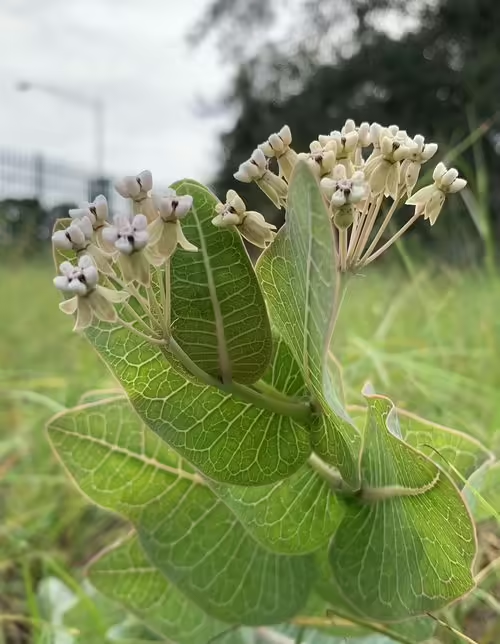
Hardiness
This milkweed is hardy in zones 8-9. If your garden is present in these zones and you have the right growing conditions as far as moisture and soil, you may be able to grow this plant. The hosted species, the monarch butterfly is present throughout these zones.
Optimal Conditions
This species prefers open areas with full sun that have mesic to dry sandy soil. It may also handle some partial shade.
References
Woodson, Robert E. 1947. Notes on the “Historical Factor” in Plant Geography. Contributions from the Gray Herbarium of Harvard University.
